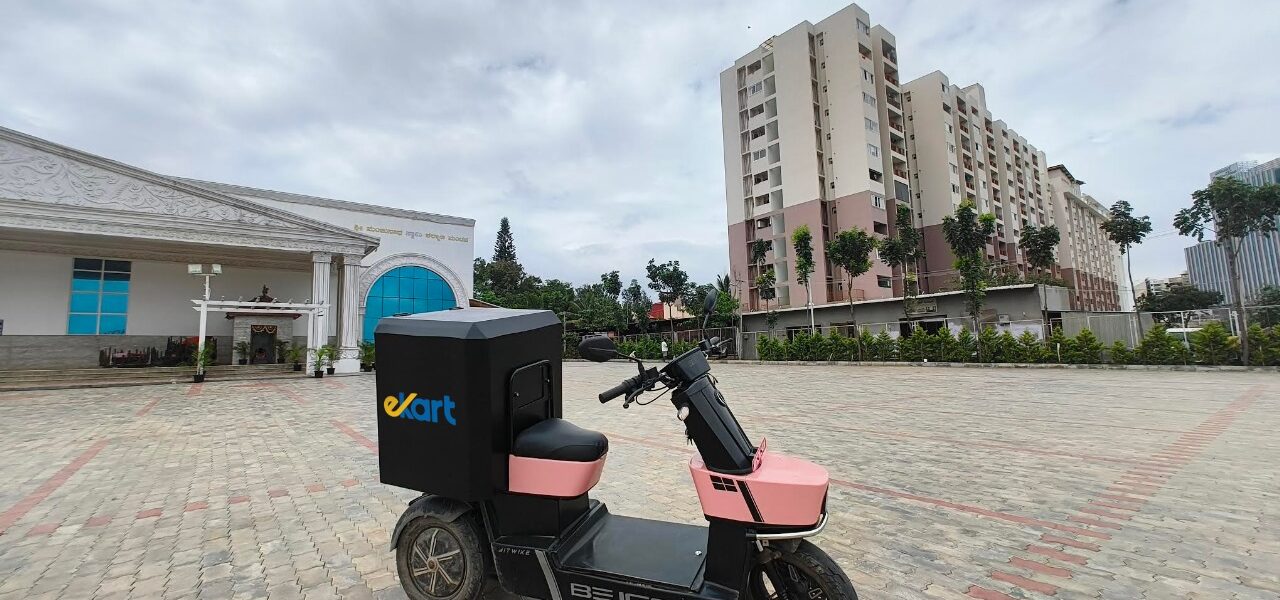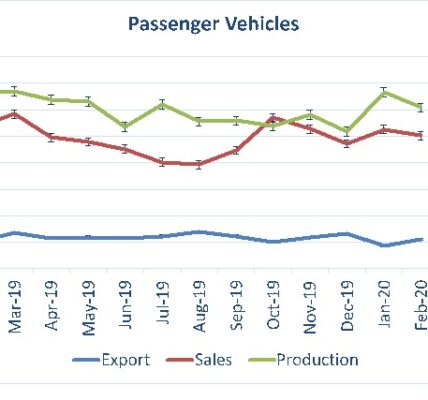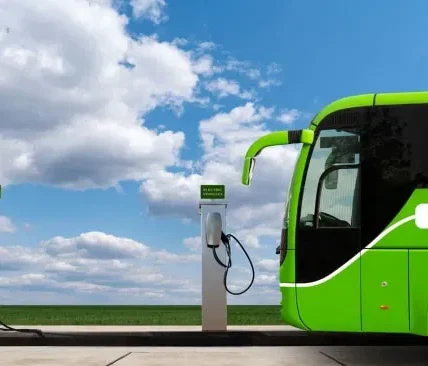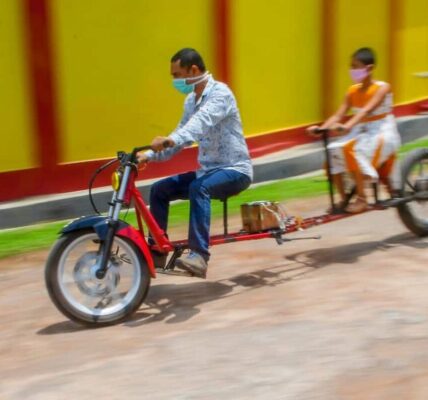Electric trikes or electric-powered tricycles are emerging as a game-changer in the EV market, particularly for logistics, first-mile, mid-mile, and last-mile delivery services. Due to the rise in demand for greater sustainability and efficient transport and delivery solutions, electric trikes are increasingly gaining prominence. A recent report by Axis Securities highlighted that India’s EV logistic market is expected to grow at a CAGR of 23% by 2033, underscoring the global demand for sustainable mobility solutions. Traditional 3-wheeler auto-rikshaws are rigid and prone to topple, whereas electric narrow ‘tilting’ trikes (eNTTs) with their precise combination of stability, load capacity, and agility offer anti-topple resistance, adding to their appeal. The tilting nature can provide more balance and control while cornering and navigating our slippery roads, making it perfect for urban transportation.
According to the reports, the global EV market was valued at USD 255 billion in 2023 and is expected to become a USD 2,108 billion market by 2033. This growth will be driven by the push for green transportation options and the growing demand for e-commerce services in urban areas. In this regard, the broader adoption of electric trikes can lower long-term operating expenses and align with India’s goal of reaching 30% electric vehicle adoption by 2030.
How are Electric Trikes Accelerating EV Mobility?
Unlike traditional e-rikshaws that are slow, unreliable, and highly prone to toppling, eNTTs are in a league of their own and are leaps and bounds ahead in technology, performance, and reliability. Another significant problem caused by e-rickshaws is their limited speed which ranges between 25-30 km/hour, impending the other movements on the road. On the other hand, new-age electric trikes offer great stability and safety due to their tilting design allowing it to handle high speed without compromising the balance. The slender design makes it best for navigating in narrow lanes, effortlessly finding parking, and enhancing delivery times with the aid of boosting maneuverability and performance. Moreover, it is equipped with advanced fire-resistant batteries that boast durability which leads to exceeding the lifespan of the vehicle.
With the increasing demand for green and eco-friendly transportation, electric trikes could reshape the logistics space. Powered by the latest technology, design, and practical use, electric trikes are paving the way for a greener future in logistics. Electric trikes are equipped with advanced battery technologies such as lithium-ion and other advanced batteries. Lithium-ion batteries offer better power density, longer lifecycles, and faster charging times, making electric-powered trikes more dependable for long-distance deliveries. For delivery riders, less fatigue is a fundamental demand, and advanced electric trikes are designed to offer ergonomic seats, user-friendly interfaces, and safety features such as an enhanced suspension system and low center of gravity that enhance the riding experience. These functions reduce driver fatigue during lengthy shifts. At the same time, they ensure improved balancing and braking systems for safety, which help navigate india’s congested road.
Furthermore, the regenerative braking systems accelerate the conversion of kinetic energy into battery power, reducing energy consumption and amplifying the efficiency of trikes. One of the primary benefits of electric trikes is their three-wheeled design. The improvements in chassis and frame layout further improve aerodynamic performance. Additionally, recent designs incorporate modular loading sections that can be customized to satisfy varying transportation needs, from food service to large e-commerce orders and even active cold storage solutions.
The trike’s enhanced load capacity makes it suitable for bulky deliveries without compromising speed or agility, directly leading to more income with comfort and efficiency. Its compact design, combined with enhanced mobility, allows smooth navigation in congested city regions. The capabilities of trikes are enhanced by extended range and rapid loading capabilities, which can help reduce downtime and increase work performance. Together, these features offer better balance than two-wheelers, especially while carrying heavy loads, ensuring smoother rides and more secure delivery of products.
Logistics Use Case for Electric Trikes
India’s urban areas have narrow and congested lanes with heavy traffic flow, which causes challenges for larger vehicles, especially for logistics companies. Bengaluru is one of India’s most crowded cities.
Publicly available data suggests that people have lost 132 hours during the rush hours in 2023. However, the electrical trikes that are built for compactness and narrow tilting trikes are the most effective designs that can move effortlessly in congested areas, making them the ideal choice for quick pickup and last-mile deliveries. Meanwhile, the lack of need for dedicated parking spaces directly enhances operational efficiency for logistic providers, creating a compounding effect on productivity. By parking the vehicle closer to the delivery destinations, riders can smoothly complete deliveries and return swiftlyt hus saving valuable time.
Despite the rise of e-commerce and quick-commerce, the formal sector remains a fraction in comparison to the informal sector. For instance, Mumbai’s dabbawalas, or the daily supply chain of pan shops in small towns, reflects an untapped potential where transformative impact can be achieved. In formal logistics, the industry majorly focuses on last-mile delivery, whereas more operational gains can be achieved within the first-mile and mid-mile stages. Moreover, as fuel expenses in India continue to increase, electric trikes are an economical and cost-effective choice, with substantially lower operational costs than gasoline vehicles.
Data suggests that in FY23, sales of EVs increased by 50% than the previous year, highlighting the increasing shift toward mobility solutions. The recent EV100 Annual Disclosure Report showed that Zomato and Flipkart took the top spots among global businesses that have shifted to electric fleets as their mode of delivering goods. Beyond cost savings, electric trikes are eco-friendly. They produce zero emissions and can help India reduce its carbon footprint. Above all, the advanced designs come with extended load sporting capacity, which allows uninterrupted shipping of orders, groceries, and other e-commerce products. As the Indian logistics sector is anticipated to reach USD 380 billion by 2025, electric trikes offer a progressive and sustainable solution to meet the growing demands of urban logistics.
Dominant Market Trends in the Electric Fleet Segment
Electric trikes are set to revolutionize the logistics industry by prioritizing rider ergonomics and the operational demands of last-mile delivery. Various reports indicate that the electric trike market is expected to grow at 16.3% of CAGR by 2030, reaching nearly US $47.45 billion from US $16.49 billion recorded in 2023. Furthermore, when combined with government incentives, these vehicles are more affordable. Their low maintenance prices and extended lifespan compared to traditional petrol vehicles add to their cost-effectiveness. Subsidies for electric-powered automobiles like the PM E-Drive program can further reduce upfront costs for logistics operators and individual riders, making trikes an economically viable alternative.
The current trends suggest that electric trikes will play an important role in smart city initiatives, particularly in low-emission zones such as Delhi and Maharashtra. Their compact size and zero-emission layout would support India’s smart infrastructure goals and help tackle congestion and pollution. As more consumers seek comfort, convenience, safety, and sustainability, electric trikes are becoming the standard for logistics in EV mobility.







